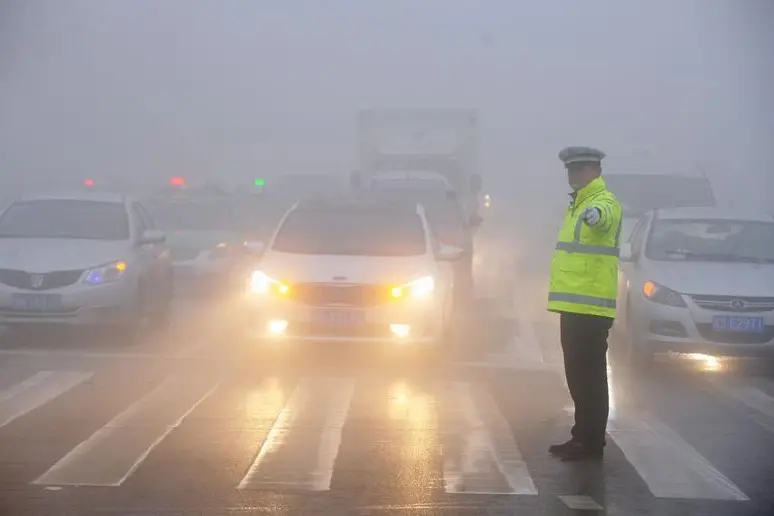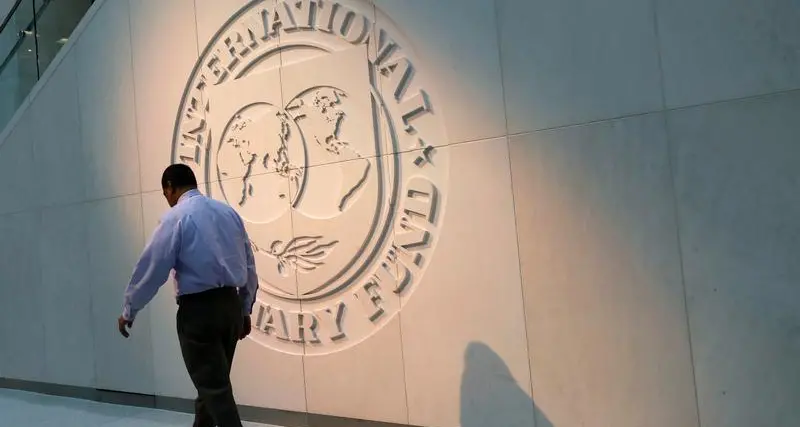PHOTO
Lisa Rapaport
(Reuters Health) - People who live near sources of heavy traffic exhaust may be at higher risk of heart disease because the fine particles in this type of pollution lower levels of “good” cholesterol needed for healthy blood flow, a U.S. study suggests.
High-density lipoprotein (HDL) cholesterol helps curb the odds of heart disease by purging blood vessels of debris and lowering levels of triglycerides - dangerous fats that can make blood thicker, stickier and more prone to clots.
Researchers studied 6,654 adults and found people exposed to higher levels of fine and ultrafine particles in traffic pollution tended to have lower levels of HDL cholesterol in their blood.
“However, this was a fairly small effect - it wasn’t a dramatic lowering of HDL - so I don’t think this is a huge cause for alarm beyond what we already know about the dangers of air pollution,” said lead study author Griffith Bell of the University of Washington School of Public Health in Seattle.
Previous research has linked pollution from traffic exhaust to an increased risk of lung damage and respiratory diseases as well as cardiovascular disease and stroke.
For the current study, researchers focused on so-called PM 2.5, a mixture of solid particles and liquid droplets smaller than 2.5 micrometers in diameter that can include dust, dirt, soot and smoke. They also looked at what’s known as black carbon, a component of particulate pollution that’s formed by burning various kinds of fuels.
Study participants were 62 years old on average, and half of them were current or former smokers. About 16 percent of the participants took cholesterol-lowering drugs and roughly 45 percent had high blood pressure. None had cardiovascular disease at the start of the study period.
Researchers used participants’ home addresses to estimate average exposure to PM 2.5 and black carbon over 12-month, three-month and two-week periods in the year 2000.
They also looked at blood levels of HDL cholesterol and another measure known as HDL particle count, which some scientists believe may be a more accurate way to assess heart disease risk. Traditional cholesterol tests focus only on the quantity of cholesterol, but newer assessments look at the number of particles carrying cholesterol in the blood.
Over one year, people exposed to more black carbon had lower levels of HDL cholesterol than participants with little or no exposure to black carbon. The difference was small, but statistically meaningful.
Higher black carbon exposure over one year was also associated with lower HDL particle counts, but this difference was too small to rule out the possibility that it was due to chance, researchers report in the journal Arteriosclerosis, Thrombosis, and Vascular Biology.
Over three months, however, the picture looked different.
In this shorter-term analysis, higher levels of fine particulate matter were associated with a lower HDL particle count. The slightly lower level of HDL cholesterol seen with high pollution exposure was too small a difference to rule out chance, but it was still comparable to the rise in HDL seen when smokers quit, the researchers note.
The study wasn’t a controlled experiment designed to prove how traffic fumes directly influence cholesterol or the risk of heart disease.
One limitation of the study is the potential for pollutants other than black carbon or other fine particles to influence HDL, the authors note. In addition, they only measured HDL once, making it impossible to see how pollution exposures might impact cholesterol over time.
“We’re still not totally sure why air pollution might lower HDL, but it’s possible that inflammatory responses to air pollution might change some of the proteins in HDL, making it less effective at protecting the body from cardiovascular disease,” Bell said by email. “This is still an ongoing area of research, however.”
Previous research, however, has shown ambient air pollution such as fine particulate matter can cause hardening of the arteries as well as death from heart disease, said Dr. Frank Gilliland, a researcher at the Keck School of Medicine at the University of Southern California in Los Angeles.
Traffic pollutants have also been linked to death from heart disease in other studies, Gilliland, who wasn’t involved in the current study, said by email.
“People may want to plan their outdoor activities to avoid areas within 100 meters of major roads and freeways and-or other highly polluted areas,” Gilliland said.
SOURCE: http://bit.ly/2oRUwLS Arteriosclerosis, Thrombosis, and Vascular Biology, online April 13, 2017.
© Reuters News 2017












